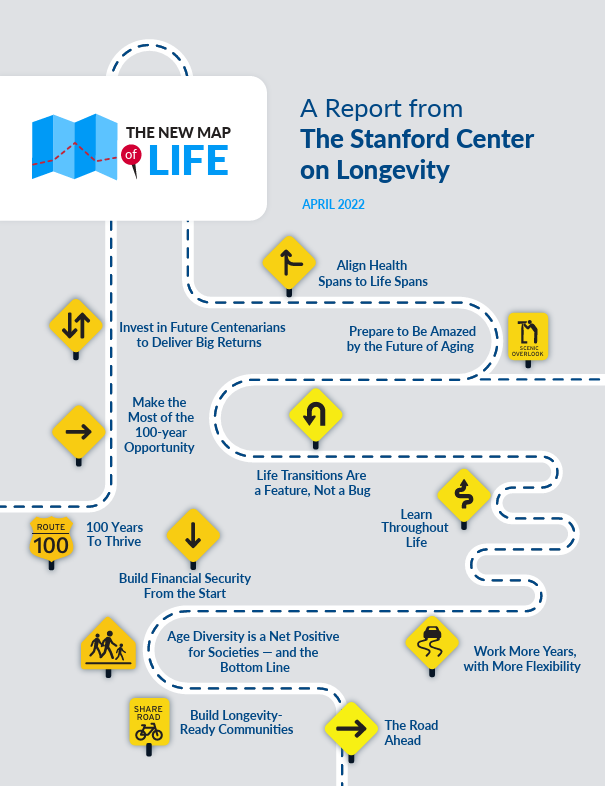Navigating the Mid-Career Maze: Is Ageism Affecting Gen X Workers?
A recent BBC article, “‘Gen X has had to learn or die’: Mid-career workers are facing ageism in the job market,” reveals a concerning trend. Professionals in Generation X increasingly encounter age-based discrimination at work. The piece explores how this group is often overlooked for roles. Employers sometimes favor younger candidates they see as more adaptable.

The Overlooked Generation
The BBC article emphasizes that this bias exists despite the significant experience and proven success of many in Generation X. Some hiring managers reportedly view this generation as less tech-savvy or resistant to new work methods. This leads them to prioritize “digital natives.” This perception can harm those in their 40s and 50s who are still building careers. They may also be balancing caring for children and aging parents.
Challenging Inaccurate Assumptions
Anne Burmeister, a professor at the University of Cologne, states in the article that these assumptions are “not only potentially discriminatory and often inaccurate, they’re also at odds with today’s workforce realities.” The piece also notes the potential loss for employers who fail to recognize the value experienced workers offer. This includes a strong work ethic and lower absenteeism.
A Familiar Challenge for Generation X
For Generation X, this news may deeply resonate. This generation has navigated numerous economic shifts and technological advancements. The idea of being sidelined due to age can be frustrating. They came of age during significant change and often pride themselves on adaptability and resilience. Facing assumptions about their abilities based on their birth year presents a new challenge in a complex professional world.
The Need for Recognition
The article reminds us that biases, even unintentional ones, can significantly impact individuals and the workforce. Recognizing and addressing ageism is crucial. It fosters a fair and productive work environment that values experience and innovation.





